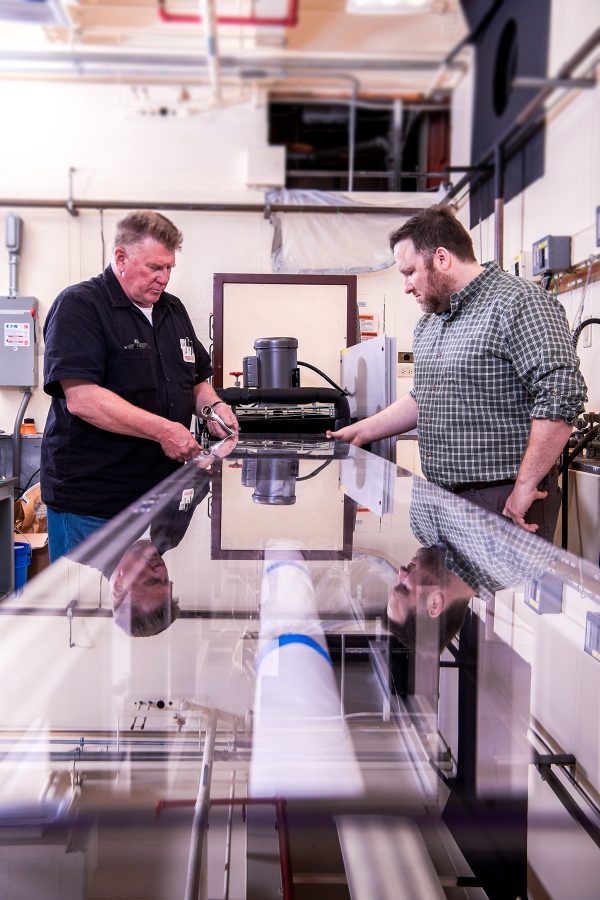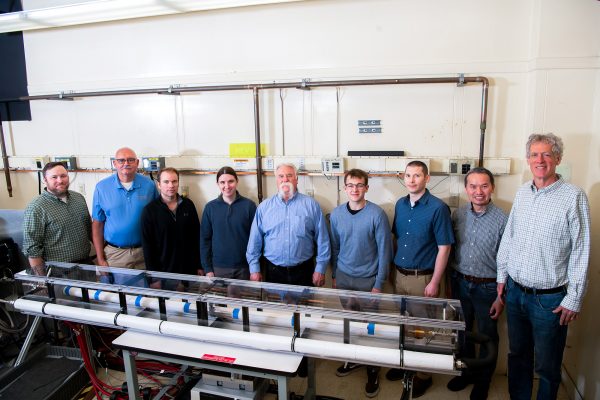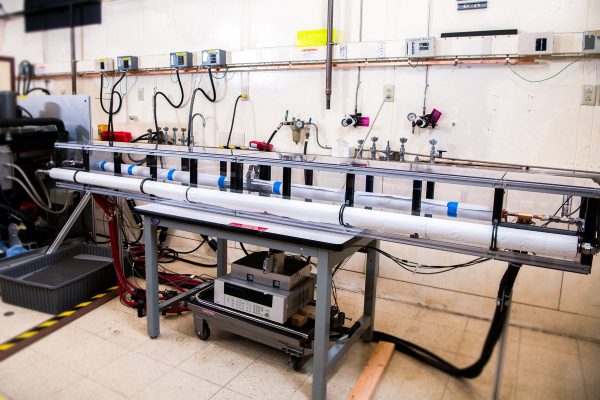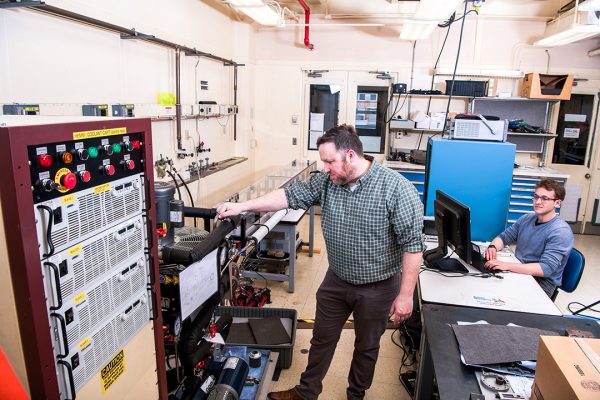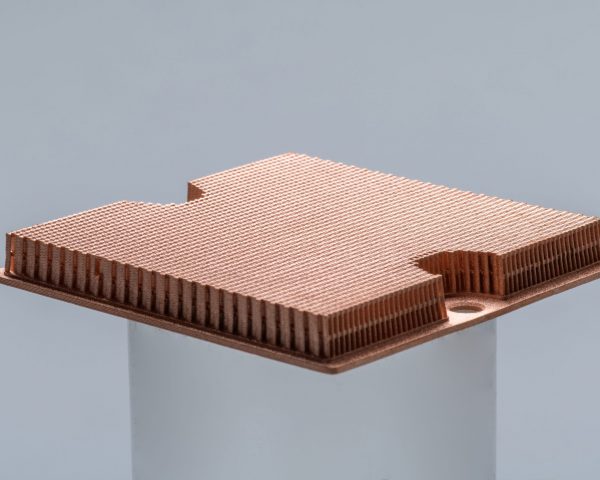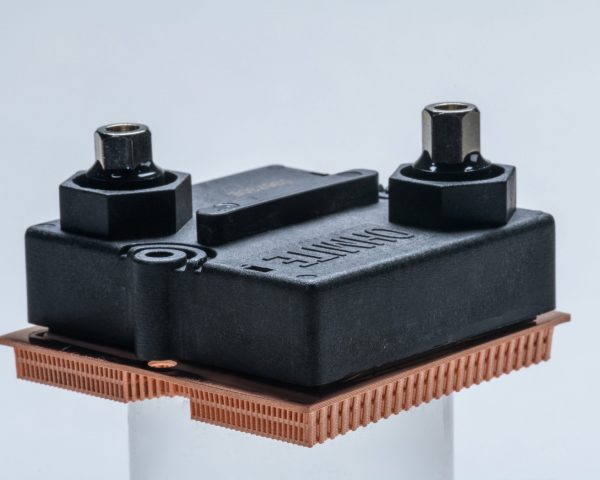High-Power Advanced Cable Technology (HiACT)
Overview
Capability
Operating at around 35,000 feet, electric aircraft systems will be subject to thinner air, tighter spaces, and temperature shifts which will impact electrical wire and cable performance. Wiring technologies must be lightweight in order to minimize energy consumption, but insulated enough to prevent safety hazards from arcing events where currents cross cables through the air.
Cables must also have effective thermal management and transfer heat effectively to optimize aircraft performance. The HiACT rig is built to address these challenges by evaluating cables at ratings higher than current aircraft standards and determining cable specifications for safe and effective operations.
To test and evaluate these new standards, the HiACT rig operates in a room temperature environment at sea level pressure with a maximum electrical current of 1,000 amps. The HiACT rig enables testing of electrical cable ampacities to determine size and weight specifications which operate efficiently under increased power and current levels while maintaining consistent temperature ratings.
In addition to testing the thermal performance of electrical cables, the HiACT rig is used to test various cooling methods for high-powered electronics. A 32kW resistive load in an aluminum housing is used to simulate electrical interfaces and thermal loads of high-density powered electronics in MW-scale electrified aircraft propulsion. A range of heat exchanger designs can be tested to find the optimal geometry, materials, and manufacturing process for high heat flux applications like power switches in MW-class converters.
Collaborating with industry partners, evaluation of cable performance based on new requirements for electrified aircraft will be key in establishing future standards that keep electric aircraft systems efficient with minimal heat and energy loss. Initial checkout tests of the HiACT rig aim to provide key data that will define the next set of tests and research questions for further assessment before eventually establishing new standards for future electrified commercial aircraft.

